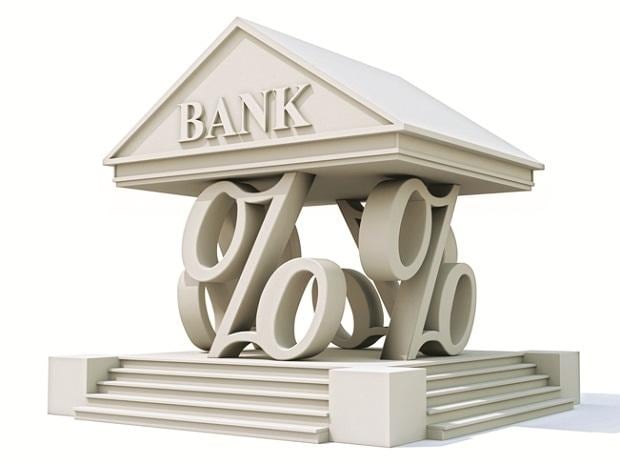[ad_1]
The rate hikes undertaken by the Reserve Bank of India’s (RBI’s) Monetary Policy Committee (MPC) since May to bring down the inflation rate has resulted in a 120 basis points (bps) increase in the one-year median marginal cost of funds-based lending rate (MCLR) by banks.
However, medium-term deposit rates have moved up by 78 bps, resulting in a little over 40 bps gap in the transmission of rates between assets and liabilities.
Since May 2022, the benchmark repo rate has gone up by 250 bps to 6.5 per cent and the external benchmark-linked loans of banks have risen by the same amount during this period.
Most retail loans are now linked to external benchmarks, whereby interest rates move up as soon as RBI increases the benchmark rates.
However, corporates find MCLR-linked loans more attractive because unlike repo-linked loans, the MCLR goes up when the incremental cost of deposits go up.
Also, it is because there is a lag in passing the increased rates to depositors.
More often than not, the MCLR hike is relatively lower than the external benchmark-based lending rate (EBLR) hike. This provides headroom to banks to grow their corporate book.
On an industry level, the share of EBLR-linked loans in total outstanding floating rate rupee loans of banks stood at 47.6 per cent at September-end 2022. The share of MCLR-linked loans was 46.5 per cent.
According to RBI’s latest bulletin, which does not take into account the February repo rate hike by 25 bps, the weighted average lending rates (WALR) on fresh and outstanding rupee loans of banks have increased by 137 bps and 80 bps, respectively, during May-December 2022. This corresponds to a 225 bps hike in repo rate. And, the weighted average domestic term-deposit rate (WADTDR) on outstanding deposits of banks has increased by 75 bps during the same period. The WADTDR on fresh deposits has gone up by 213 bps.
There exists a gap, albeit marginal, between the increase in interest rates on outstanding loans and deposits, for fresh loans and deposits. The increase in interest rate on liabilities has been far greater than the assets side.
After the 25-bps hike in repo rate in February, many banks, including State Bank of India, Bank of Baroda, Punjab National Bank and Indian Bank, among others, have raised their MCLR.
Banks have had to sharply increase their deposit rates in the recent past, in the wake of tightening liquidity conditions and high credit growth in the system.
According to latest RBI data, banking system credit grew at 16.3 per cent year-on-year (YoY) in the fortnight ended January 27, 2023, to ~133.41 trillion.
The growth has been driven by continued retail credit demand, strong growth in NBFCs and inflation-induced working capital requirements from sectors such as “petroleum, coal products & nuclear fuel”, and chemicals and chemical products.
Meanwhile, deposits witnessed a slower growth at 10.5 per cent YoY compared to credit growth for the fortnight ended January 27, 2023.
Experts believe deposit rates have already risen and are expected to go up even further due to rising policy rates.
It is also because of intense competition between banks for raising deposits to meet strong credit demand, a widening gap between credit and deposit growth, and lower liquidity in the market. The credit-deposit growth gap has now contracted to 580 bps from over 800 bps earlier, but still remains quite high.
“The difference has narrowed, but there is still a difference. It is really up to the banks to mobilise deposits and make up the gap. They are doing so through certificates of deposits and reducing non-SLR investments. They need to mobilise deposits on their own to meet the gap,” said Michael D Patra, deputy governor, RBI, in a post policy press conference.
The credit-to-deposit (CD) ratio has been generally trending upward since November 2021 and reached 75.3 per cent in the January 27 fortnight.
“The CD ratio, as of now, for the banking sector has increased a little bit, but still reasonable within the range. The liquidity coverage ratio (LCR) is still at a very comfortable level, much higher than the regulatory prescription of 100 per cent,” MK Jain, deputy governor, RBI, had said.
[ad_2]
Source link



